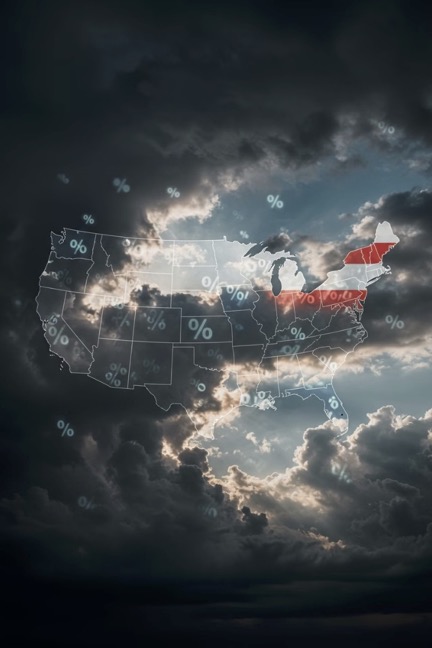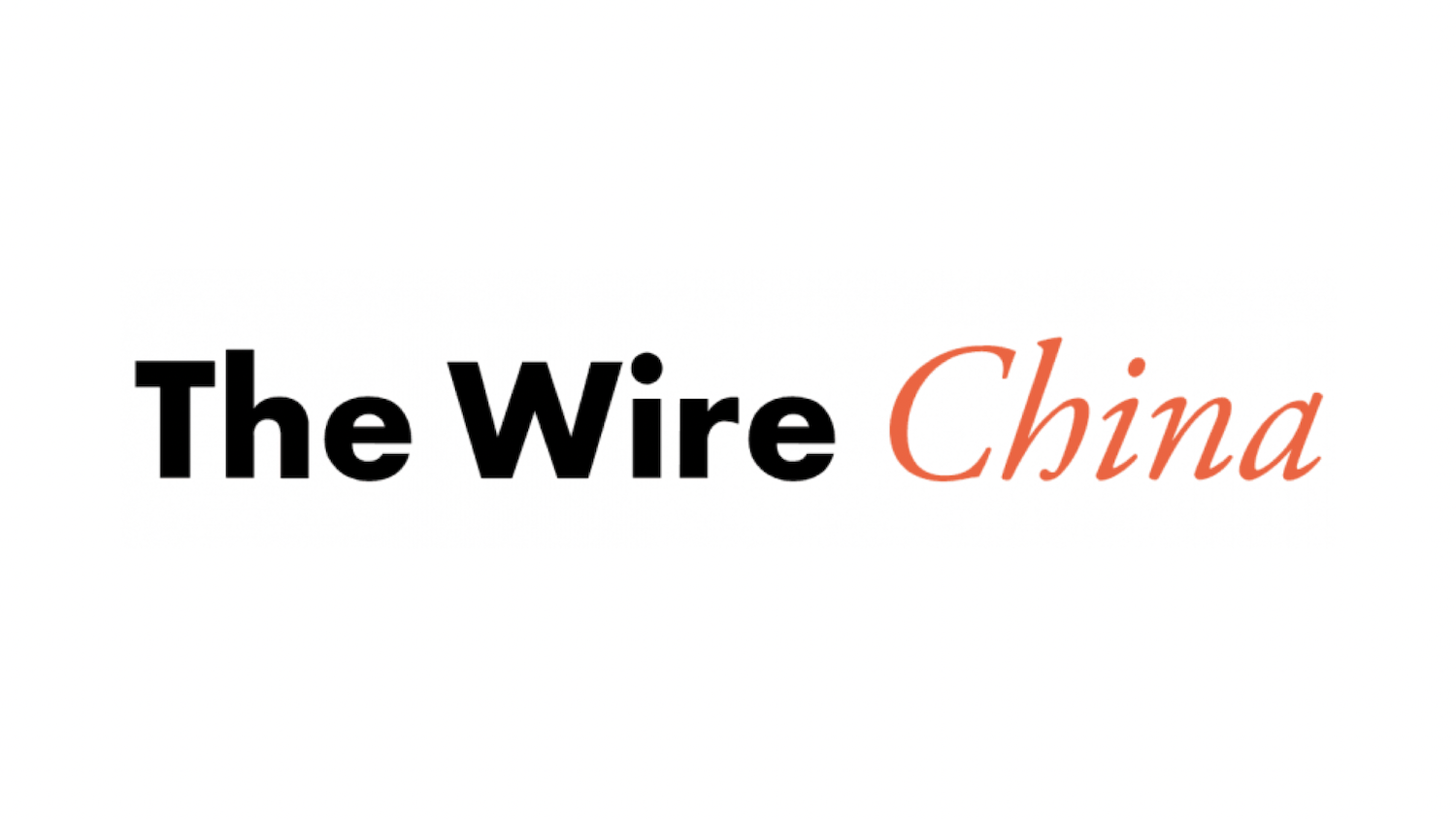Tariffs are likely coming… what should you and your key global suppliers be doing to get ready for it?
Last week I sat in on a great panel at the NC Coalition for Global Competitiveness, discussing some of the many challenges that are coming up for NC businesses and all US companies. I had the honor of speaking with Mike Hubbard, Director of International Trade at the Economic Development Partnerships of North Carolina, and Emily Gereffi, and International Trade Specialist working at the U.S. Commercial Service in North Carolina. Both of these individuals shared some incredible insights regarding what the impending trade wars and tariffs will mean for the state. I was also very impressed by the services offered by both groups, in helping organizations to identify the benefits of locating and expanding in North Carolina, as well as some of the ideas they shared on how to begin thinking about how to mitigate tariffs if and when they are enacted.

Mike Hubbard also shared a document which provided a terrific summary of strategies that companies can begin to prepare for the potential upcoming tariffs. His team is also happy to work with any interested parties that are hoping to increase exports and to also work with inbound shipments. I have summarized some of the key points in this document that I believe are important for supply chain executives to consider.
With increasing tariffs and trade regulations, companies are evaluating strategies to mitigate the impact of duties on their costs. Various options exist under U.S. law to eliminate, reduce, or recover duties. Here are a few of the recommendations made by the Economic Partnerships team that may be helpful. I have augmented a few of these recommendations with my own observations.
Considerations to Avoid Duties
ATA Carnet
The ATA Carnet is an international customs document allowing temporary duty-free and tax-free entry of goods for up to one year. This eliminates the need for a Temporary Importation under Bond (TIB). It simplifies customs procedures and can be obtained from Boomerang Carnets and Roanoke.
Tariff Engineering
Every product has a classification under the Harmonized Tariff Schedule (HTS), which determines the duty rate. Small modifications to a product may shift it into a lower-tariff classification. A well-known example is Converse, which added a thin felt layer to its shoe soles, classifying them as slippers instead of sneakers to lower duty costs. This practice is legal as long as it follows customs regulations. Such small modifications can make a big difference in re-classifying a product which may alleviate tariffs and duties. A list of the different terms used in the HTS is shown here. A detailed list of the tariffs imposed is organized by “Chapter” and these are updated regularly.
In addition, right before COVID hit, we held a meeting of executives that discussed strategies they were using to deal with the massive tariffs enacted in Trump 1.0 in 2019. At that time, managers were using a number of different approaches to avoid the tariffs, which were relatively effective. Some of these are also discussed below.
Special Classification Provisions
The HTS Chapter 98 includes special provisions that can significantly reduce or eliminate duties on certain products. These include:
- Goods donated for charity
- U.S. goods exported and returned Companies should review whether their products qualify under these provisions.
Country of Origin Strategy
Duties can vary based on a product’s country of origin, determined by substantial transformation rules. By shifting production to countries with lower duty rates, businesses can reduce tariffs. However, these rules are strictly enforced, and companies must ensure compliance.
Free Trade Agreements & Trade Preference Programs
The U.S. has 14 free trade agreements covering 22 countries, each with specific rules allowing duty-free entry of qualifying goods. Additionally, the Generalized System of Preferences (GSP) and programs like the African Growth and Opportunity Act (AGOA) provide reduced duties for eligible products from developing countries.
It is also interesting that Mexico has FTA’s with more than 57 countries. This can be an important transshipment point to consider if the US is hit with retaliatory tariffs.
Miscellaneous Tariff Bill (MTB)
The MTB eliminates or reduces duties on products not available from U.S. manufacturers. This program, when renewed by Congress, provides cost savings for businesses importing specialty goods, such as rayon fiber, which is not produced domestically.
De Minimis Shipments
Under U.S. law, shipments valued at $800 or less can enter duty-free. However, antidumping and countervailing duties, quota-restricted goods, and certain regulated products are excluded. Congress is currently reviewing how businesses utilize this provision.
China Tariff Exclusions
Since 2017, the U.S. has imposed Section 301 tariffs on a range of Chinese products. However, an exclusion list is maintained by the U.S. Trade Representative, and companies can request exemptions or extensions on previously granted exclusions.
Considerations to Mitigate Duties
First Sale Rule
For high-tariff industries, the First Sale Rule allows duties to be assessed on the price a manufacturer charges a middleman, rather than the final sale price. This can significantly reduce duty costs if structured correctly and compliant with regulations.
Foreign Trade Zones (FTZ) & Duty Deferral
FTZs are special areas within the U.S. where companies can store, process, or manufacture goods without immediate duty payment. If a product is exported from an FTZ rather than entering U.S. commerce, no duties are paid. Companies also have the option to pay duties on either the finished product or its components—whichever is lower.
The use of FTZ’s can be a very effective strategy to import goods, and then once they arrive, work with government agencies to find an exemption to the tariff. This was described by Bill Heckencamp in our 2019 workshop. Bill described this as follows:
“We have two trade zones in Oklahoma and Houston and are under construction to produce one in Corpus Christi. This requires a great deal of planning, to understand first what will we construct, where do we import it from, and how do we get it here? One of our plays is to defer duties and fees using the free trade zones. We source 250 miles of tubular steel out of Canada, but were hit with a 232 tariff, and every piece of pipe suddenly was assigned a 25% penalty. Given that we had a tight economic structure, and not a lot of people to work on this issue, we had to come up with a solution and be nimble about it. We decided to work with outside resources (Ernst & Young), and told them that we need two foreign trade zones in the next 60 days! We set up a meeting with Customs and Border Protection arguing that this was needed to create an industrial exception. We told them we have miles of pipe sitting in a free trade zone, and we were able to divert the 25% tariff. Next, the company was hit with countervailing duties, imposing 55% on our imports. We were also able to defer this by working with the Department of Commerce, telling them that we had bought it before the duties were imposed, and they gave us relief. Currently, we are working on a global import strategy, knowing that we are going to do more business with foreign suppliers. At any moment, the government can tweet something, and the market will react. We need to be able to execute on our capital plans to build out infrastructure in the face of these disruptions.”
Another option is Customs Bonded Warehouses, where goods can be stored duty-free for repacking, manipulation, or manufacturing. Duties are only paid when goods enter U.S. commerce.
Product Valuation Strategies
Duties are assessed on a product’s declared value. Companies should evaluate whether certain costs (e.g., buying commissions, shipping fees, post-importation assembly charges) can be excluded from the dutiable value, potentially reducing duty payments.
Considerations to Recover Duties Paid
Duty Drawback
Businesses can request a refund of duties, fees, and taxes on imported goods that are later exported or destroyed. This allows companies to recover significant costs when products are not sold in the U.S.
Post-Summary Corrections & Protests
Companies can file Post-Summary Corrections before customs finalizes an entry or protests after liquidation if they discover opportunities to claim duty refunds. These processes require strong legal arguments and supporting documentation.
Reconciliation
Reconciliation allows importers to submit estimated values and later file an adjusted entry summary with the actual figures. If the revised entry shows a lower dutiable value, a refund can be issued. This method is especially useful for companies with complex or fluctuating cost structures.
Section 301 Refunds
Companies that paid Section 301 tariffs on Chinese goods (Lists 3 and 4A) are involved in a lawsuit arguing that duties were wrongly imposed. While unresolved, businesses may preserve their rights to a refund by joining the case.
Transfer Pricing Adjustments
Multinational companies (MNCs) frequently adjust pricing between subsidiaries to meet global tax requirements. If these adjustments result in lower declared import values, businesses may be eligible for duty refunds. However, transfer pricing must adhere to arm’s length principles to ensure compliance with regulations.
Conclusion
The international trade landscape is evolving rapidly, and businesses must proactively assess strategies to eliminate, reduce, or recover duty payments. Utilizing options such as FTZs, tariff engineering, special duty classifications, and valuation strategies can significantly impact cost savings. For companies seeking further guidance, resources such as the International Trade Division at EDPNC are available for expert consultation.
It may be time to run another workshop to discuss how to handle some of these issues! Contact me at rbhandfi@ncsu.edu if you’d like to discuss further, or even better, contact Mike Hubbard, Director of International Trade at the Economic Development Partnerships of North Carolina, or Emily Gereffi, and International Trade Specialist working at the U.S. Commercial Service in North Carolina (the real experts!)

